Do you know what an IR sensor is? If you have ever used a remote control, then you have used an IR sensor! An IR sensor is a device that sends and receives infrared light. Infrared light is invisible to the human eye, but we can feel it as heat. IR sensors are used in many different devices, including TVs, computers, and cars. Read on to learn more about IR sensors and how they work!
What is an IR Sensor?
IR Sensors are used in many types of applications ranging from consumer electronics such as remote controls to industrial automation and robotics. They can detect motion, measure temperature, detect flame and smoke, act as security sensors and even be used for medical diagnostics. [1]
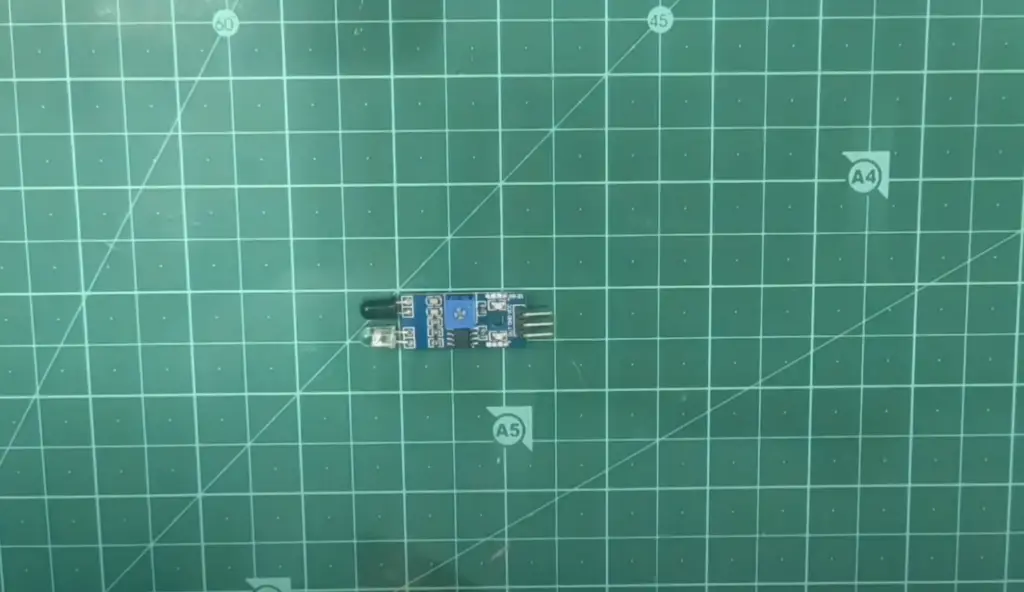
Working Principle of an IR Sensor
The IR sensor operates on the basis of optical radiation to detect and measure infrared energy. It detects infrared radiation emitted by objects in its field of view and converts it into electronic signals, which are then used to determine the distance, speed or position of the object. An IR sensor consists of an emitter, a detector and a focusing lens. The emitter emits infrared light which is reflected off objects in the environment. This reflected light is detected by the detector through a focusing lens that concentrates the signal onto a small area. By measuring this signal strength, it is possible to calculate the distance of an object from the sensor. The data can then be processed to determine speed or position depending on how it is applied. In addition to this use case, they can also be used in security systems, automated lighting control and robotics.
IR sensors can operate in a variety of ranges based on the type of emitter and detector used. Commonly available IR sensors are designed to detect radiation in the visible spectrum as well as near infrared (NIR), mid-infrared (MIR) or long wavelength infrared (LWIR). The range of an IR sensor is determined by the type of lens used, which can focus on different wavelengths more effectively. Therefore, it is important to select an appropriate lens depending on the application. Furthermore, some IR sensors come with adjustable gain circuits that allow for further fine tuning of sensitivity and response time.
Types of Infrared Sensor
There are two main types of infrared (IR) sensors: active and passive. Active IR sensors produce a beam of infrared radiation that bounces off objects in its path, allowing the sensor to measure distances accurately. Passive IR sensors, on the other hand, detect the natural infrared radiation emitted by an object’s surface temperature.
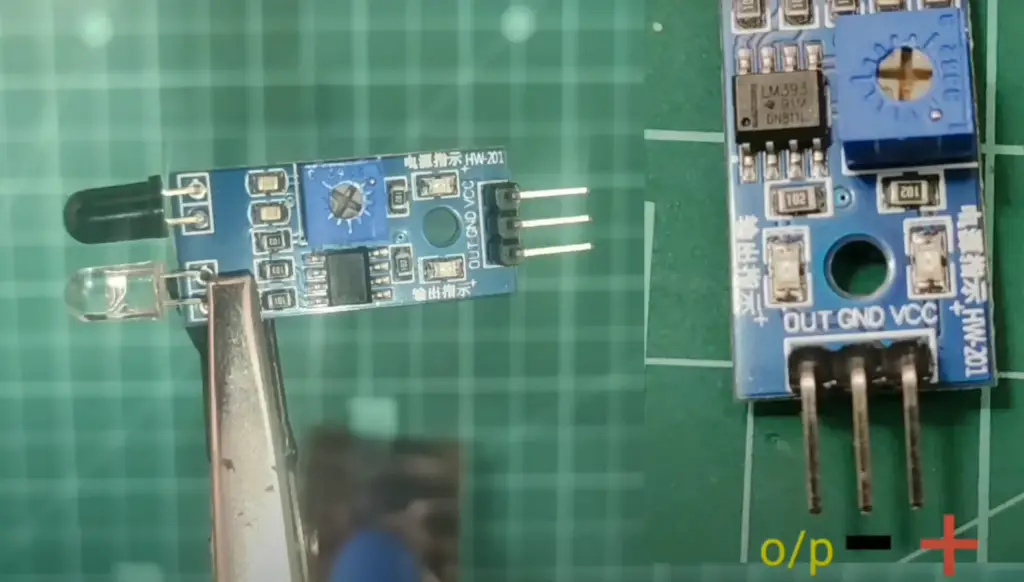
Active IR sensors are frequently used for motion detection applications such as security systems or automatic door openers. Passive IR sensors are commonly found in night vision goggles and thermal imaging cameras. They can also be used to monitor body heat signatures and measure air temperature. In addition, they may be found in appliances such as air conditioners, microwaves, ovens, televisions, and gaming consoles.
No matter which type of IR sensor is used, the main purpose is to detect energy that’s outside the range visible to humans. This can be beneficial in many circumstances, such as improving safety and security, or detecting changes in temperature. [2]
IR Sensor Circuit Diagram
It consists of an electronic source, such as a LED or photodiode, and detector, such as an amplifier or transistor. The source emits infrared radiation which is detected by the detector. The output from the detector is then used to create a visual representation of the incoming infrared signal. The most common type of IR sensor circuit uses a photodiode for the source and an amplifier for the detector. This type of circuit works by emitting infrared radiation from the photodiode into the environment where it can be collected by any objects in its vicinity. When these objects reflect back some of this radiation, they are detected by the amplifier, which produces an electrical current proportional to the
IR Sensor Circuit using Transistor and LED
An IR Sensor circuit is designed using a transistor and an LED. The circuit consists of two parts: the emitter and the detector. The emitter emits infrared light while the detector senses it. In this circuit, when an object passes in front of the IR Sensor, it interrupts or reflects the emitted infrared light which is received by the detector. This reflected infrared light activates the transistor, thereby turning on the LED. This indicates that an object has been detected by the IR Sensor in its vicinity. The sensitivity of this sensor can be adjusted by varying the values of different components used in this circuit. By tuning these components, one can make sure that only desired objects are detected by this sensor. [3]
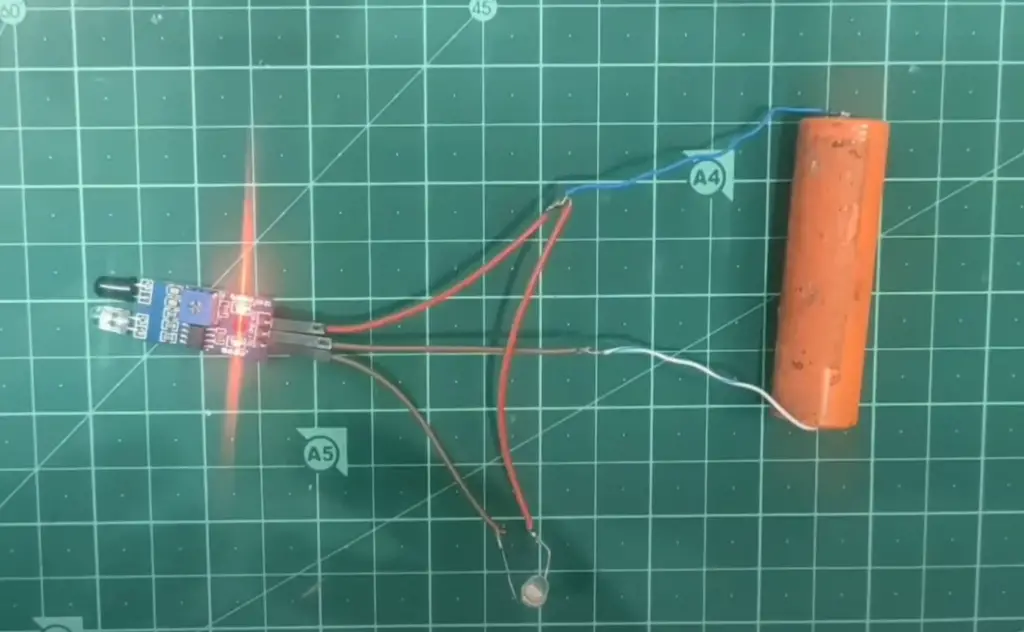
Burglar Alarm Circuit using IR Sensor
An IR sensor can be used in a burglar alarm circuit too. It works on the principle of detecting an object using infrared radiation. When an intruder passes through the area covered by the IR sensor, it detects motion and sends out a signal to sound the alarm. With proper wiring and connection, the IR sensor can be integrated into any existing security system or even used as a standalone device.
The advantage of using an IR sensor is that it is not affected by environmental factors like light or temperature, making it more reliable than other types of sensors. In addition, these sensors are relatively inexpensive and easy to install and maintain. A typical burglar alarm circuit with an IR sensor consists of power supply, relay switch, buzzer or siren, and the IR sensor itself.
When the intruder passes through the sensing area, the infrared radiation is blocked and detected by the sensor which then sends a signal to sound an alarm. The wide range of sensitivity settings enables users to customize the alarm trigger based on their preference. This feature makes an IR sensor very useful in security systems as it can detect even small motions or changes in its field of view.
Advantages of IR Sensors
The main advantage of using an IR sensor is its ability to detect objects without direct physical contact, making it ideal for use in industrial automation systems or other remote sensing applications. Other advantages include low power consumption, wide dynamic range, and high sensitivity.
Moreover, IR sensors are highly reliable and resilient in harsh environments, providing excellent accuracy and repeatability over longer periods of time.
They can also measure temperature and determine the presence or absence of objects from great distances quickly and accurately.
Furthermore, they are relatively inexpensive compared to other types of sensors such as ultrasonic or radar detectors.
In conclusion, IR sensors offer great potential for a wide range of applications in the industrial, scientific, and consumer markets.
By combining IR sensing with other technologies such as cameras, RFID systems, or biometric identification systems, it is possible to create more sophisticated solutions that can provide greater accuracy and reliability. This makes IR sensors an essential component of many advanced automation and security systems. [4]
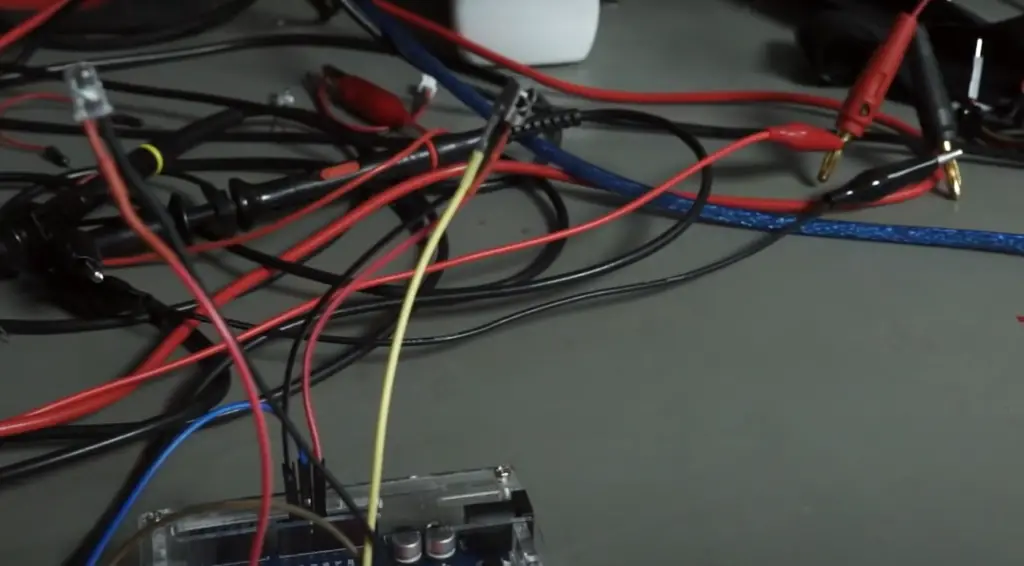
Disadvantages of IR Sensors
Although Infrared (IR) sensors are extremely useful for a variety of applications, there are some disadvantages that must be considered when selecting an IR sensor.
One of the major drawbacks is that they have difficulty with transparent objects, including glass and plastics. This means that if these materials are placed in between the emitter and detector, the signal can be blocked or weakened significantly. In addition, they do not work well in high-humidity environments, as water vapor can also interfere with their accuracy.
IR sensors may also require frequent calibration to ensure optimal accuracy over time. Without proper calibration, readings can become skewed or inaccurate due to changing environmental conditions and/or wear and tear on parts. As such, they may require regular maintenance to remain accurate and reliable.
Finally, IR sensors are limited in their range. While some models can detect objects from several feet away, others may only be able to detect objects that are very close or within a few inches of the sensor itself. This can limit the applications for which an IR sensor is suitable.
Despite these drawbacks, IR sensors can still provide valuable information when used correctly and maintained properly. They are usually relatively affordable, making them accessible to most consumers and businesses alike. With proper care and use, they can provide many years of reliable service as long as their particular disadvantages do not pose too much of an issue for the intended application.
IR Sensor Applications
Infrared (IR) sensors have a wide range of applications in many industries. In the automotive industry, they are used to detect obstacles and measure distances accurately, allowing for automated parking systems and advanced driver assistance features. In manufacturing, they can be used to detect objects on conveyor belts or identify parts as they move down an assembly line. IR sensors also have medical uses; they can detect human body temperature or monitor vital signs such as heart rate or respiration rate. Additionally, they are often found in home automation devices like TV remotes and security systems. IR sensors provide a reliable and cost-effective way to collect data from the environment around them. With the ever-expanding list of possible uses, it is no wonder why these sensors are becoming increasingly popular. Ultimately, IR sensors provide an invaluable tool for gathering information from the world around us. [5]
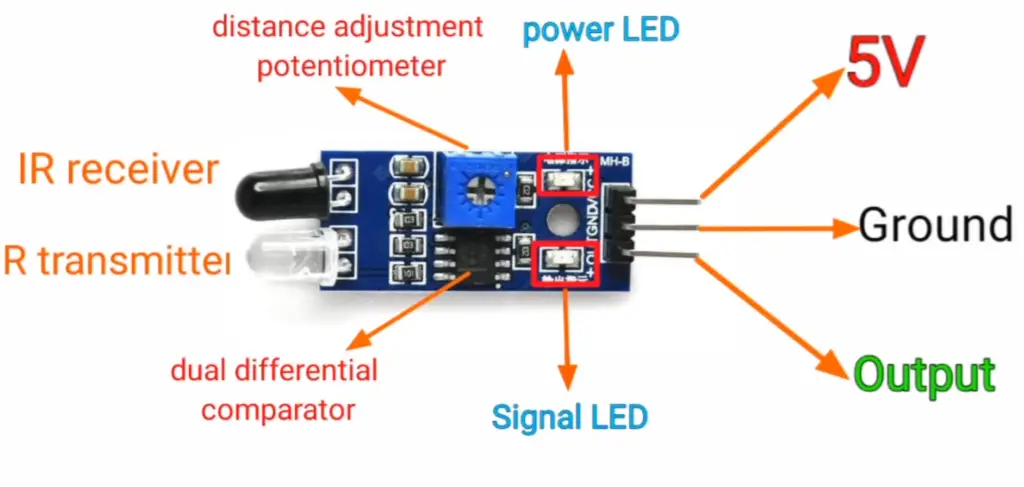
IR Imaging Devices
IR imaging devices are devices that make use of infrared sensors to capture images in the dark. These types of sensors use IR radiation to create detailed, high-resolution images in conditions where there is no visible light. By using specialized lenses and filters, IR imaging devices can pick up on heat signatures given off by objects and living things. This makes them invaluable tools in surveillance and research applications as they allow you to observe even in complete darkness.
Additionally, these imaging systems often have a wide angle view with low noise levels, which allows them to capture clear details from far distances.
IR imaging technology is also used for medical purposes such as thermography. Thermography uses an infrared sensor to detect body temperature changes over time which can be used to diagnose and monitor health issues. It is also used in industrial applications such as monitoring machinery for wear and tear, or detecting electrical equipment malfunctions.
Overall, IR imaging devices offer a powerful tool for observing and analyzing scenes in darkness or obscure environments, with many potential applications across industries.
How to Interface an IR Sensor with Evive?
An IR sensor can be interfaced to evive using its digital input/output (I/O) pins. To do this, the user has to first connect the pin of the IR receiver module with the I/O pin of evive.
Depending on the type of module used, different connections may be required. After connecting the pins, the user must write a code in Arduino IDE or Scratch 3.0 to read data from the I/O pins. The code should also contain logic conditions that determine when certain outputs should be triggered by incoming signals from the IR receiver module. Once written, the code must be uploaded to evive for it to read the signal from the IR sensor and execute desired actions.
In conclusion, interfacing an IR sensor with Evive is a relatively straightforward task if one understands how to connect pins and write code. With its user-friendly platform, evive makes this process easier than ever before.
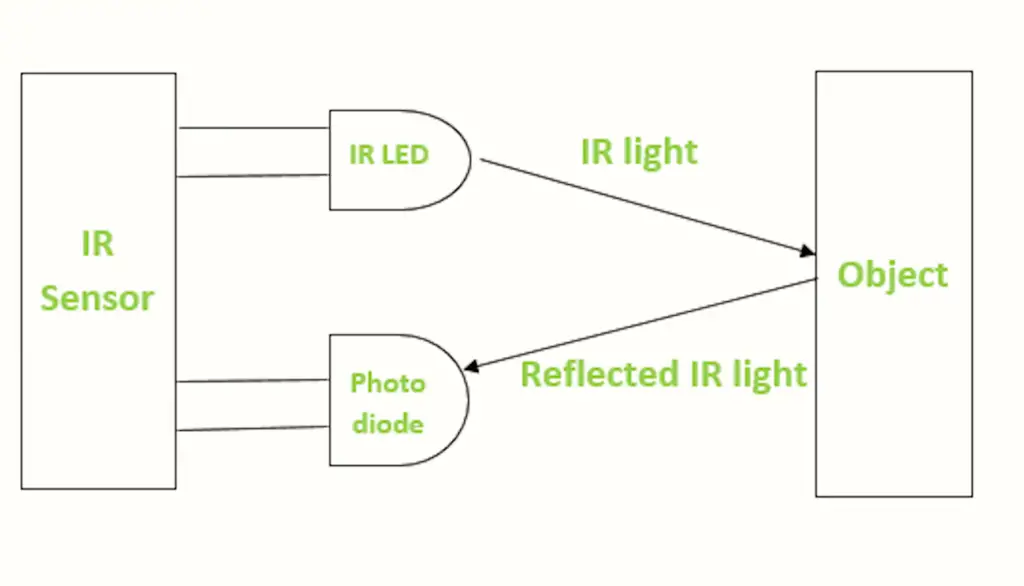
How to Calibrate an IR Sensor?
When calibrating an IR sensor, it is important to understand the environment and conditions in which the device will be used. To ensure accuracy and reliability, it is best to regularly recalibrate the IR sensor. This can be done by using a reflectometer or multimeter to measure the output of the sensor’s signal under varying conditions.
To begin calibration, first identify what type of light source will be used during testing – natural sunlight, incandescent lighting, etc. Next, adjust the sensitivity setting on the IR sensor to match that light source. The goal here is to reach a point where the amplitude of reflected light reads zero when no objects are present in view of the sensor. If this point is not reached with one setting, try a few more until the desired result is achieved.
Once this is done, place an object of known size and distance in front of the sensor. Then adjust the focus of the lens so that it accurately reflects that object’s position and size on the screen.
Finally, measure the output signal from the IR sensor to ensure accuracy and reliability. If any issues arise during calibration, it is recommended to consult with technical support personnel for further assistance. With proper calibration, an IR sensor can be used effectively in many applications. [6]
Working with IR Sensor in Real-Time
An IR sensor is a device that can detect infrared radiation from its environment, providing a useful tool for integrating real-time input into robotic and automated systems. When used in real-time applications, IR sensors are capable of measuring changes in the environment to trigger specific responses.
For instance, when built into an autonomous vehicle or robotics system, an IR sensor could be used to detect obstacles and turn off motors in order to avoid collision. This demonstrates the power of using an IR Sensor in real-time applications – with just a few lines of code, you can create powerful safety protocols without having to worry about manually controlling your robot every time.
Additionally, IR sensors can also be used to sense temperature changes or measure levels of light intensity which can help you create more sophisticated programming tasks. For instance, they can be used to detect a fire and trigger an alarm to ensure safety or set up adaptive lighting systems that can turn on lights depending on the time of day.
Ultimately, IR sensors have become essential tools for anyone looking to integrate real-time input into their robotic systems – whether it’s for creating smarter autonomous vehicles, setting up responsive home automation systems, or even just adding extra safety features to a hobby robot project. With just a few simple lines of code, you can use this powerful technology to make your projects more intelligent and reliable in no time.
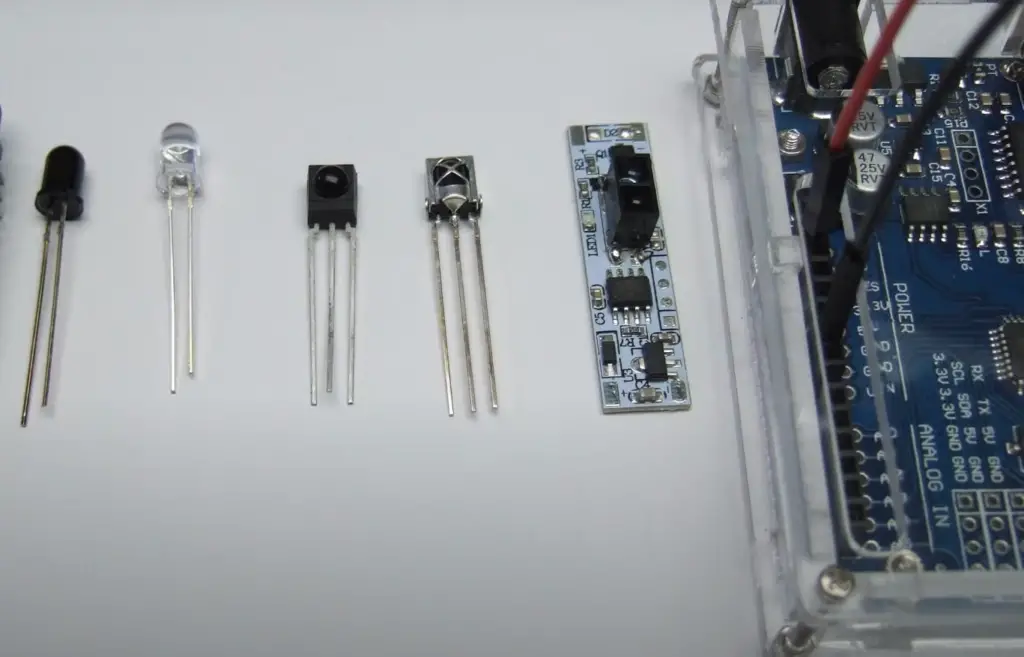
FAQ
What is an IR sensor and how does it work?
An IR (InfraRed) sensor is a device that detects infrared radiation and converts it into an electrical signal. This type of sensor works by using an Infrared LED to emit light energy and a photodiode to detect the reflected energy. When an object passes in front of the sensor, the light is reflected off the object and onto the photodiode, creating an electrical signal which can then be used to control various functions or operations. The range of these sensors varies depending on the type of material they are designed for, but most are able to detect objects at distances up to several meters away. Additionally, some sensors can be programmed with different settings for greater accuracy or different applications.
What kinds of things can IR sensors sense?
IR sensors can detect a wide range of objects, including humans, animals, and inanimate objects. They are commonly used to detect the presence of people or objects in a room, to control lighting and other devices, and to monitor temperature. Additionally, they can be used in robotics applications such as obstacle avoidance or navigation. With the proper programming, an IR sensor can be used for almost any application that requires detecting an object’s presence or movement.
What are the limitations of an IR sensor?
The main limitation of IR sensors is their limited range. Most infrared sensors have a maximum detection distance of around four meters (13 feet). Additionally, many materials have properties which block or absorb infrared radiation, limiting the ability of these sensors to detect objects. Finally, some IR sensors are prone to false positives due to changes in ambient light or temperature, so proper calibration is important for accurate results.
Are there any safety considerations with using an IR sensor?
Yes, it is important to take certain precautions when working with IR sensors. First and foremost, do not look directly into the LED on the sensor as this could cause damage to your eyes. Additionally, be sure that the sensor is properly installed and secured in order for it to work properly and avoid potential accidents. Finally, keep any wires away from sources of heat or moving parts which could cause them to become damaged. With proper care and maintenance these types of sensors can be used safely and effectively without causing any harm.
What is the IR sensor in the remote?
The infrared (IR) sensor in a remote control is an electronic component that detects and converts IR radiation into electrical signals. It usually consists of an IR receiver, which receives the incoming signal from the remote; and a microcontroller, which processes the signal to determine what action needs to be taken. The microcontroller then sends out commands to other devices connected to it, such as TVs or sound systems. The IR sensor is used to identify specific inputs from the remote, such as play/pause buttons or volume levels.
Can an IR sensor detect humans?
Yes, IR sensors can detect human movement. Many security systems make use of them to detect intruders or monitor for activity in a certain area. This is usually done by using an array of IR sensors that measure the heat emitted from a person’s body and then compare it to the background temperature. If there is an anomaly detected, the system will alert the user or take other appropriate actions. Additionally, many home automation devices are equipped with IR sensors that can detect people’s presence within a room, allowing them to switch on lights or heating accordingly.
Can my phone send an IR signal?
Yes, many modern smartphones are now equipped with IR technology. This allows users to control their TV, air conditioner and other remote-controlled devices by simply pointing their phone at the device’s IR receiver. Some high-end phones also have an added benefit of being able to measure the ambient temperature in a room or detect people’s presence nearby. In conclusion, the infrared (IR) sensor is an essential component of any remote control system. It is capable of detecting human movement as well as sending out commands to other devices connected to it. Moreover, many modern smartphones are now equipped with IR technology that makes them even more useful for controlling devices such as TVs and air conditioners.
Do all cameras have IR?
No, not all cameras have infrared sensors. Most digital cameras do not come with an infrared filter in front of the lens, which is needed for detecting IR radiation. However, there are special types of cameras that are specifically designed for night-vision applications and these usually feature IR filters as well as other components such as LED lights or laser illuminators that help capture better images in low-light conditions.
Useful Video: IR sensor working || all about arduino IR sensor
Conclusion
An IR sensor is a device that detects motions and changes in the infrared energy levels in its environment. This technology can be used for security systems, motion detectors, robotics, and other applications. It is an important tool for enhancing safety and increasing efficiency in many industries. The ability to detect even small changes in infrared radiation provides great advantages over traditional sensing methods, such as greater accuracy and range of detection. With advances in technology, the use of IR sensors will continue to expand into more diverse areas. With this versatility comes increased potential for wider application, making it a valuable asset for many different environments.
References
- https://www.infratec.eu/sensor-division/service-support/glossary/infrared-sensor/
- https://www.fierceelectronics.com/sensors/what-ir-sensor
- https://www.elprocus.com/infrared-ir-sensor-circuit-and-working/
- https://robu.in/ir-sensor-working/
- https://www.havi.co/blogs/how-ir-sensor-works
- https://www.getkisi.com/guides/infrared-sensors





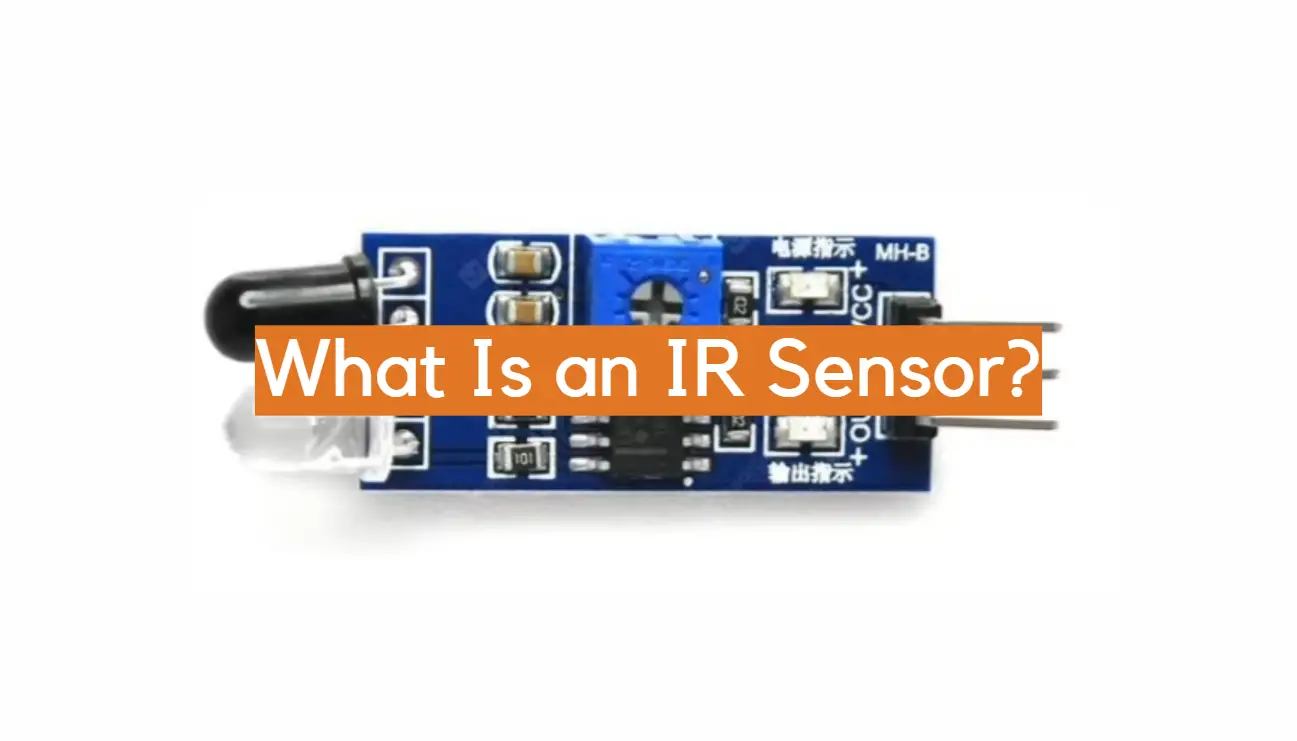








Leave a Reply